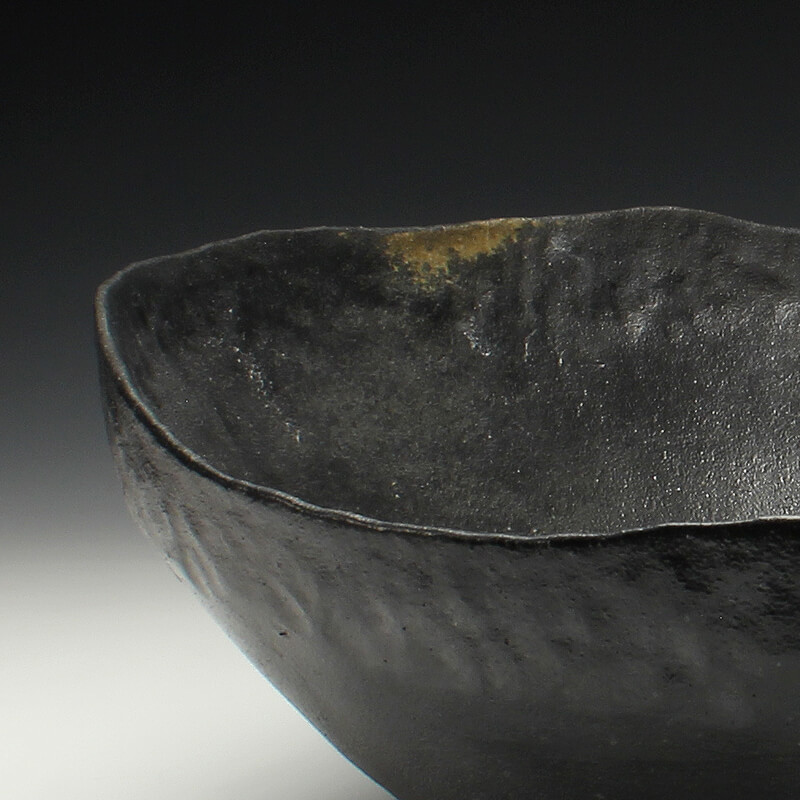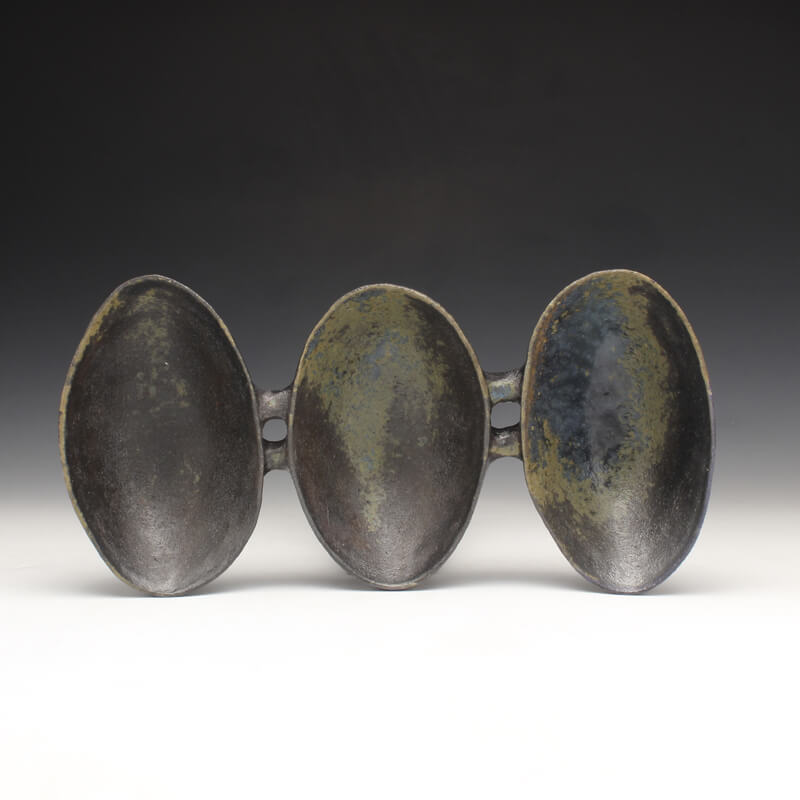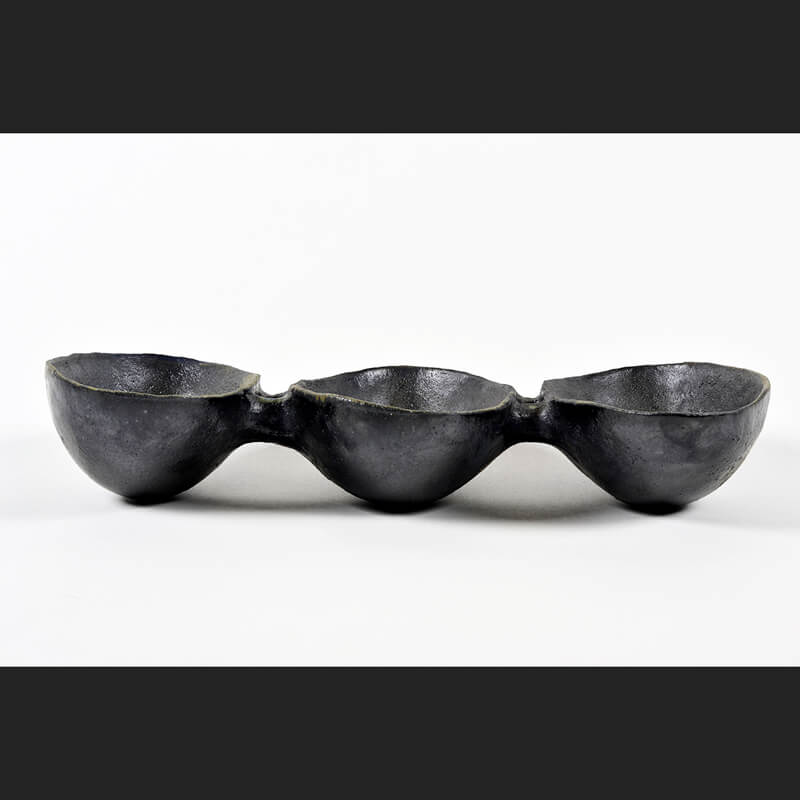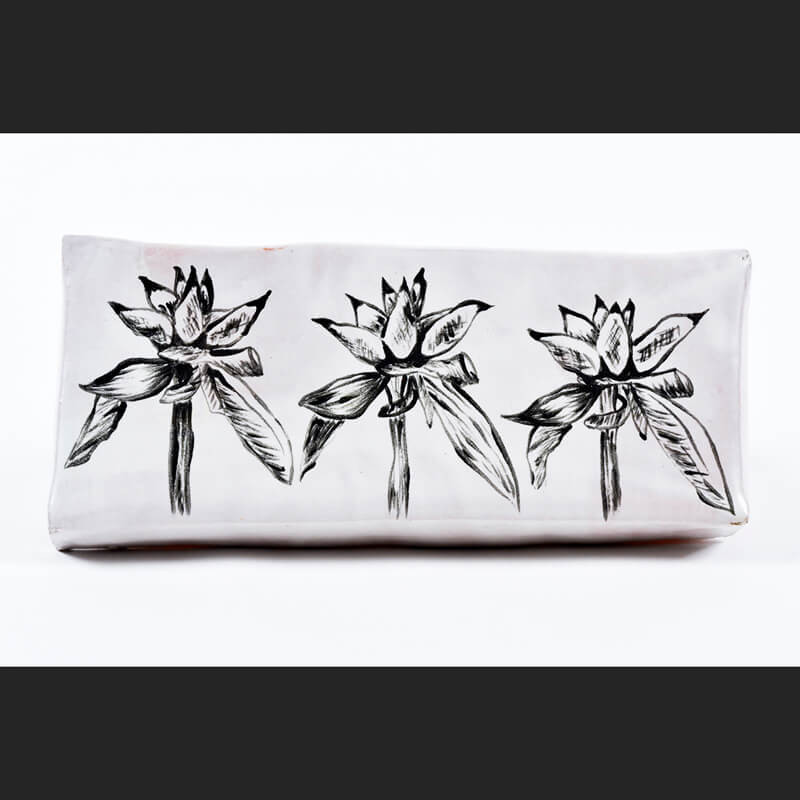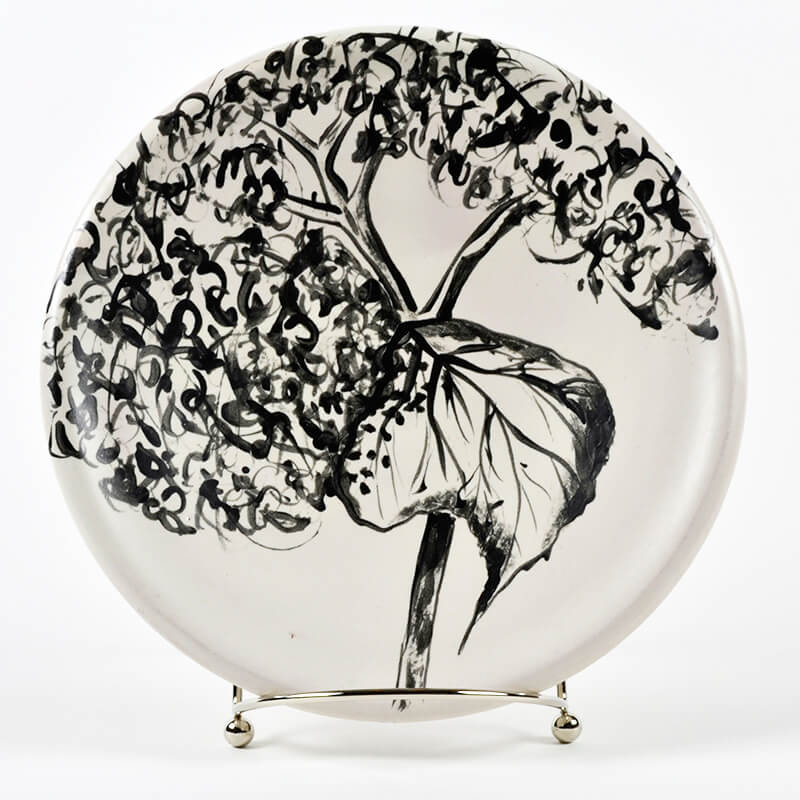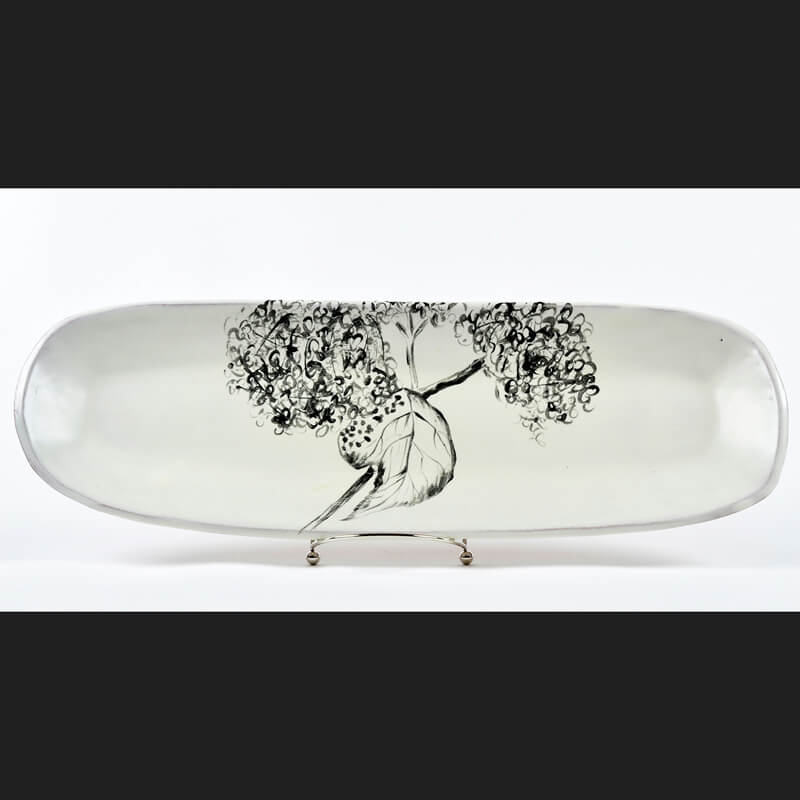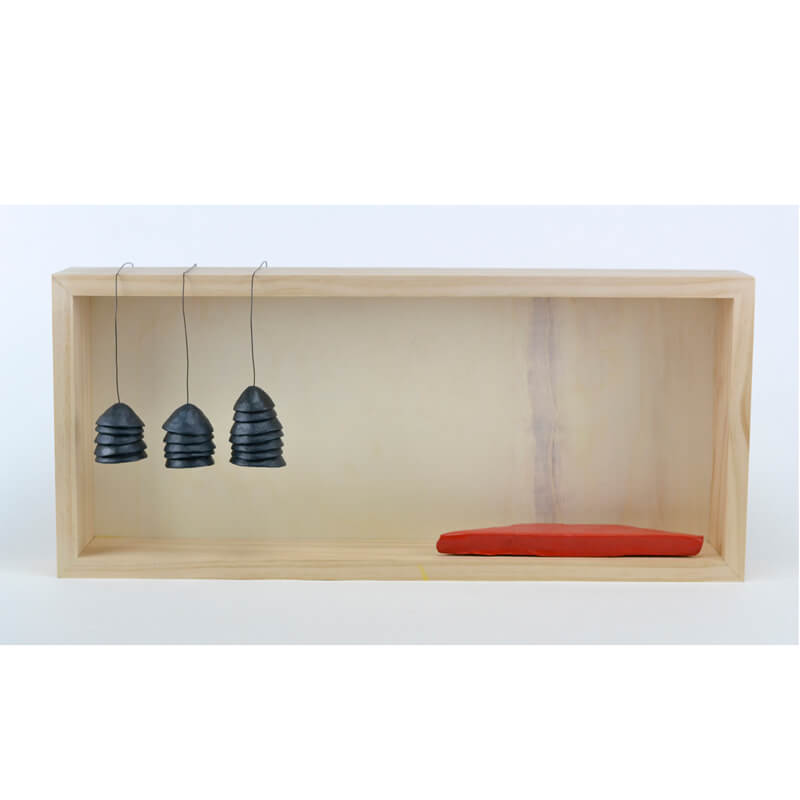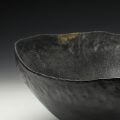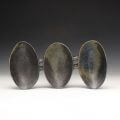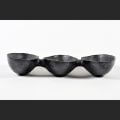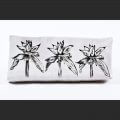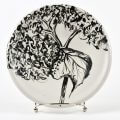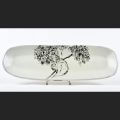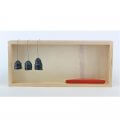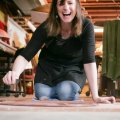
Red Lodge Clay Center – Short-Term Resident (AIA) 2017
Rhonda Willers is a visual artist, writer, researcher, and author of the book, Terra Sigillata: Contemporary Techniques. Focusing on fragility, space, and subtle strength, she works with repetitive forms and markings to elicit thoughts of time, spiritual spaces, and rituals. Her art practice includes ceramics, mixed media, drawing, painting, and time-based interactive installations and experiences.
She earned her BFA degree from the University of Wisconsin-River Falls (ceramics & photography), completed post-baccalaureate studies at the University of Massachusetts at Dartmouth, and earned her MFA from the University of Nebraska-Lincoln (ceramics, sculpture, and drawing). Rhonda was a senior lecturer of art for 11 years before becoming a full-time studio artist and writer. She leads workshops focused on the making and using of terra sigillata. Rhonda actively engages in the ceramics community through her service as a volunteer working board member for NCECA.
Her writing and work can be found in: Pottery Making Illustrated, Ceramics Monthly, and Ceramics Technical and in private collections and in the permanent collection of The Weisman Museum of Art in Minneapolis, Minnesota.
Rhonda lives and works in Rural Elk Mound, Wisconsin, with her husband, three children, one old cat, Bob, one young cat, Cookie, and a crayfish named Shelley.
A poetic power manifests itself in silence. Strength and subtlety intertwine during our encounters with the contemplative. Using these deafeningly subdued experiences, I explore metaphoric and physical relationships with my ceramic vessels, drawings, and mixed-media works that allude to sacred rituals.
Delicate linear edges provide points of tension in otherwise dependable forms. Forms reference common shapes found in nature and life, while simultaneously remaining unidentifiable to a specific object, as a way to articulate the relationship of our own self to our abstracted past experiences and memories. In instances, forms and imagery are physically connected to one another and also then, permanently separated from one another, mirroring our own connections to the past and future.
Selective use of colors heightens the preciousness of these sacred experiences. Personal rituals, sacred spaces and natural forms exemplify the “spiritual and non-material value” found in our daily lives; these are precious.

